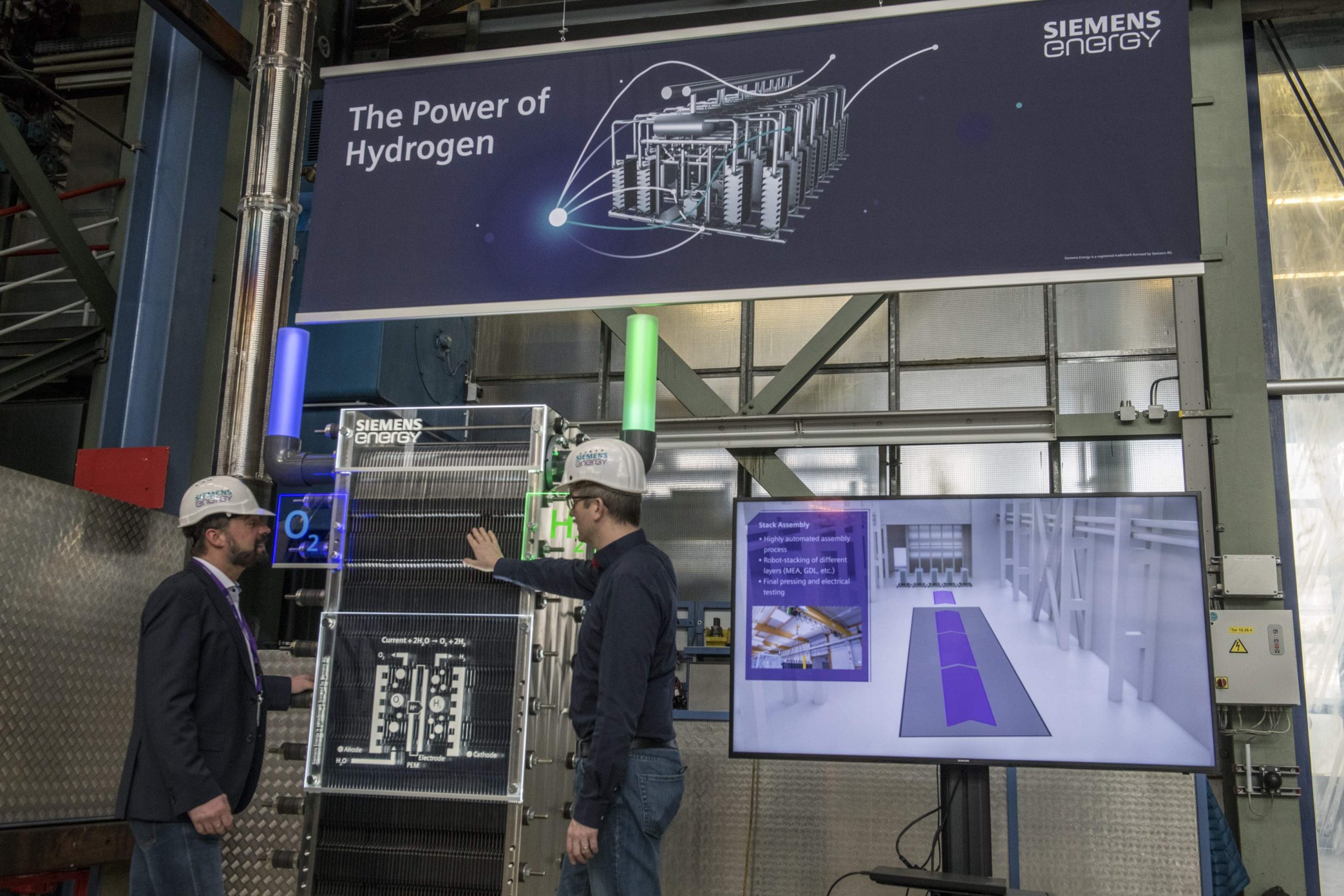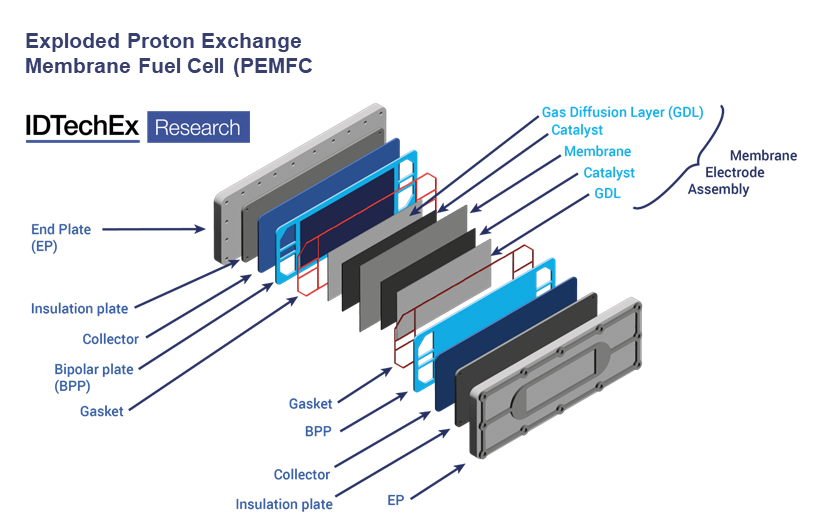The Scottish Project Strengthening Links with the European Energy Sector

The Net Zero Technology Centre and ERM have announced the launch of the Liquid Organic Hydrogen Carrier (LOHC) for Hydrogen Transport from Scotland (LHyTS) project. Hydrogen Industry Leaders talked to the Net Zero Technology Centre about the project.
Seeking to demonstrate that LOHC, in the form of methylcyclohexane (MCH), can be successfully transported at scale, the LHyTS project is providing an export route to the Port of Rotterdam and other European destinations.
The project will be delivered by an international consortium, including Axens, Chiyoda, EnQuest, ERM, Koole Terminals, Port of Rotterdam, the Scottish Government, Shetland Islands Council, Storegga and the Net Zero Technology Centre. The partners will work together to undertake engineering studies targeted at developing a pilot project as a precursor to large-scale export.
Scotland Is The Perfect Place For The Project

Hydrogen Industry Leaders spoke to Hayleigh Barnett, Hydrogen Theme Lead at Net Zero Technology Centre about how the project will play a key role in the export of hydrogen from Scotland to Rotterdam.
Hayleigh began by explaining that it is essential that we see current technology advancements deployed: “It is imperative that we move beyond studies to really start testing and do early deployments of these technologies, this project does this.”
So although we’re looking at feasibility now, it has got a firm focus on an operational analysis pilot.
The project aligns with the Scottish Government’s Hydrogen Policy Statement, which aims to deliver 5GW of renewable and low-carbon hydrogen production by 2030 and 25GW by 2045. The global ambition has also been established, with The European Commission targeting 10 million tons of hydrogen to be imported by 2030.
As Scotland is in a great position to support and deliver the emerging hydrogen economy, it has significant resources for green and blue hydrogen production and natural gas for methane reformation.
She said that this location is perfect for the project: “It is a fantastic location, and will help the project in supporting the realisation that deploying technologies that address the challenges of transport and storage of hydrogen. With this project, it is initially demonstrating feasibility and then looking to go onwards and operate a pilot.”
It is going to provide insights that go far beyond just the Scottish borders for sure.
Insights like this are crucial in the hydrogen industry and will be extensive in supporting future developments and similar initiatives. It will help boost confidence in the industry and allow other projects to advance technologies.
LOHC Is Setting The Benchmark For Technologies In The Hydrogen Industry
The liquid organic hydrogen carrier that is being studied in the project is an organic compound and it can be stored and transported at ambient temperature and pressure.
In terms of how the liquid carrier is setting the benchmark for technologies in the industry, Hayleigh explained that it reduces the overall energy requirements for the system because there is no need for compression, heating, or cooling – this is typically needed to transfer other forms of hydrogen.
She said: “Hydrogen gas for example, there is definitely a need for compression, particularly when you consider medium to long distances. The compressor technologies are just not there yet, and the existing systems are not suitable for hydrogen.”
Early-stage studies in the project have concluded that LOHC has several advantages over other carrier forms, such as ammonia, methanol, or liquid hydrogen. Conducting an industrial-scale trial is an important step in making LOHC export a reality.
Connectivity Between Cross Borders Will Be Addressed
Hayleigh revealed that there are many challenges when it comes to the project, with one of these being connectivity: “We are going to be looking to address connectivity between cross borders – the development, regulations, specifications in Scotland.
We will question how this will work alongside some of the regulations and specifications on the receiving end for the project.
Going forward, this project is aiming to strengthen links with the wider European energy sector and bring new jobs and investment to Scotland.
This current phase of the project is the second within a four-phase programme, with the onward phase looking at addressing engineering design.

